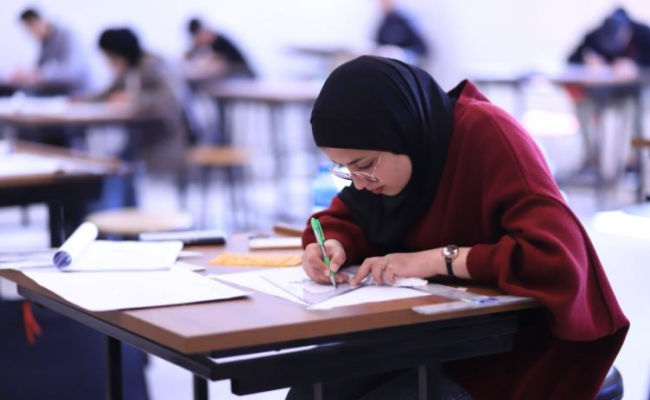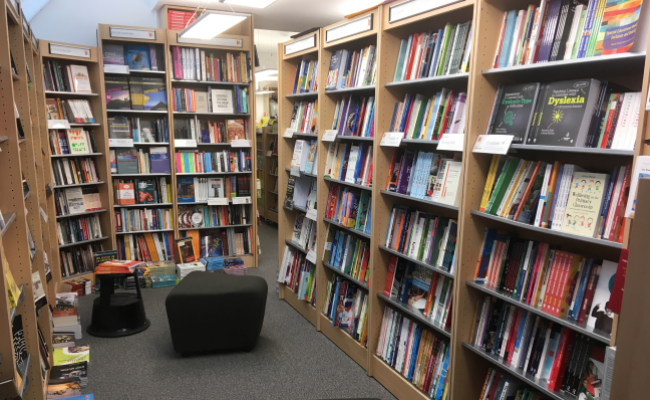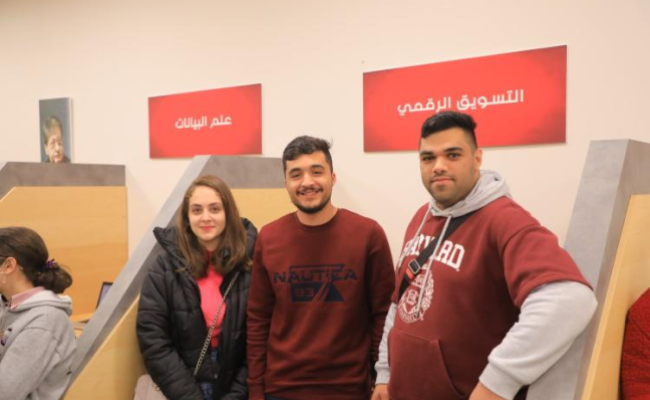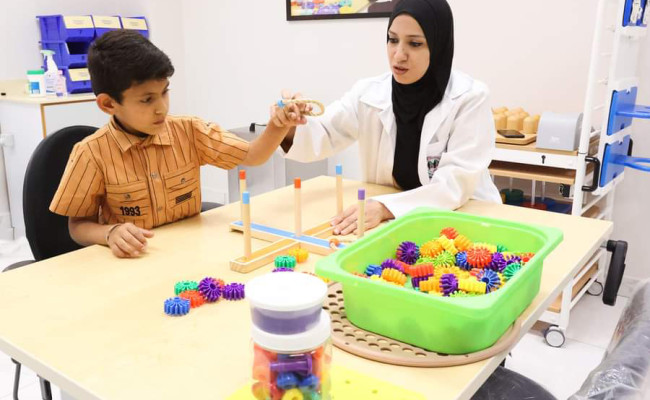BACKGROUND: An in vitro study on rapid culturing method of human gingival fibroblast cells (HGFCs) was established
to investigate the potential use of the leukocyte-platelet rich fibrin (L-PRF) in tissue engineering technology, different
medical fields, including periodontology and implantology.
METHODS: Eight biopsies were obtained from eight different donors and a modified culturing technique was developed
to obtain HGFCs. The modified 3-(4,5-dimethylthiazol-2-yl)-2,5-diphenyltetrazolium bromide MTT assay was used to
compare the cell viability when the modified culturing method was used in comparison to the standard method. Blood
samples were collected from the same patients and L-PRF was isolated using a standard protocol. The releases of plateletderived
growth factor-AA and transforming growth factor-beta1 at various time intervals were observed using enzymelinked
immunosorbent assay (ELISA) kit. The proliferative effect of L-PRF on HGFCs was assessed by the cell counting
kit—8 assay.
RESULTS: A simple and rapid modified method for in vitro HGFC culture yielded a cellular monolayer within three to
nine days after cell culture. L-PRF with three-dimensional polymer fibers released growth factors that peaked during the
first three hours and continued to produce up to 10 days. The L-PRF presented a dose-dependent effect on HGFCs
proliferation where HGFCs proliferation increased with an increase in L-PRF concentration.
CONCLUSION: The modified technique for the culture of HGFCs might be useful for the development of future
experimental and clinical studies, besides L-PRF has great therapeutic potential in oral surgery fields.
Authors
Mahmoud Mudalal
Zhanqi Wang
Shockry Mustafa
Yiping Liu
Yao Wang
Yanmin Zhou
Pages From
1
Pages To
10
ISSN
2212-5469
Journal Name
Tissue Eng Regen Med
Volume
18
Issue
5
Keywords
Cell culture Fibroblast Growth factors Platelet-rich fibrin Tissue engineering
Abstract






